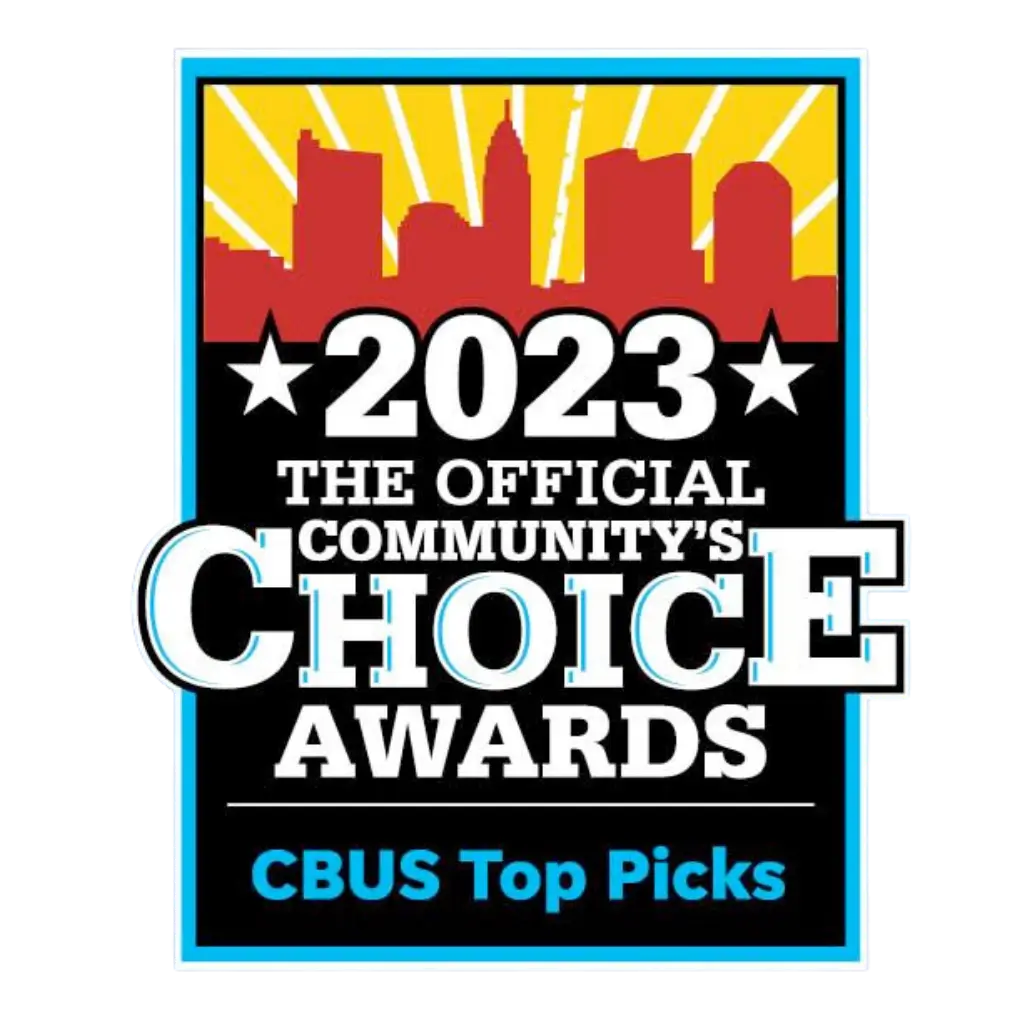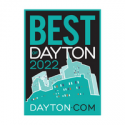As the heart of modern heating systems, furnaces provide warmth and comfort to living areas during colder outdoor temperatures. Furnace systems use combustion gasses such as natural gas, oil, or propane to create heat, which is then transferred to the air through a heat exchanger. Furnaces are composed of various pieces, and each key part must work together for the furnace system to heat effectively. Jump in below to find out how!
Types of Furnaces
Several types of furnaces are available, each with unique features and benefits. The most common types include:
- Natural Gas Furnaces: Gas furnaces are the most popular furnace system, using natural gas as the primary fuel source.
- Oil Furnaces: These furnaces use oil as the fuel source and are common in areas where fossil gas is not readily available.
- Electric Furnaces: These furnaces use electricity to generate heat and are often used in areas with high electricity costs.
- Ductless Mini Splits: These heating and cooling systems consist of an outdoor unit and one or more indoor air handling units connected by refrigerant lines. Ductless mini split services are popular for their eco-friendliness and ability to provide heating and cooling without extensive ductwork. Ductless mini split installation creates heat zones to concentrate the flow of heat in living areas.
Core Furnace Components
A furnace is a complex system composed of pieces that work together to generate and distribute heat throughout living areas. Each part helps the system operate reliably. Understanding what these pieces do can help homeowners and technicians better maintain and troubleshoot their heating systems.
- Furnace Burner: The burner is responsible for initiating the heating process by igniting the fuel and creating a controlled flame.
- Combustion Chamber: The combustion chamber is the area within the furnace where the fuel is burned and heat is generated. It is designed to withstand high temperatures and produce complete fuel combustion.
- Gas Orifices: Gas orifices are small openings controlling the burner’s gas flow. Gas orifices manage the proper fuel-to-air ratio for combustion.
- The Heat Exchanger: The heat exchanger is a series of metal tubes or chambers that push air generated by the burner. It maximizes heat transfer and minimizes heat loss so that warmth is evenly distributed.
- The Blower Motor: The blower motor pushes air through the ductwork and into living spaces. It is typically located near the heat exchanger and is controlled by the thermostat.
- Blower Chamber: The blower chamber houses the blower motor and its associated units. It directs the airflow from the blower motor into the ductwork for balanced heat distribution.
- Flue: The flue, or exhaust system, removes the byproducts of combustion, such as carbon monoxide and other gases, from the furnace and vents them outside the building.
- The Thermostat: The thermostat controls the temperature settings of the furnace. It monitors the room’s temperature and signals the furnace to turn on or off to maintain the desired temperature.
- Ignition System: The ignition system lights the burner and initiates the heating process. There are two main types of ignition systems: standing pilot and electronic ignition.
- Filter: The filter removes dust, dirt, and other particles from the air as heat passes through the furnace system. This improves air conditions and keeps the furnace running smoothly.
- The Ductwork: The ductwork is the network of pipes and vents that push air from the furnace to each room.
- Safety Switch: The safety switch manages the safe operation of a gas furnace. It is designed to shut off the furnace if it detects potential hazards, such as overheating or gas leaks.
- Pressure Switch: The pressure switch monitors the pressure within the furnace’s combustion chamber and flue. The pressure switch shuts down the furnace system if there are any combustion gasses or venting issues.
- Heat Pump: A heat pump is an alternative to a traditional furnace that can provide heating and cooling. Using electricity, a heat pump pushes air from a cool space to a warm space, making the cool space cooler and the warm space warmer.
- Pilot Light: In older furnaces, the pilot light is a small flame that continuously burns and ignites the burner. In furnace systems with a pilot light, the flame sensor detects the pilot light flame and shuts off the gas supply if the pilot light goes out. Most modern furnaces use electronic ignition systems instead of pilot lights. These eliminate the need for a continuous pilot light in favor of more advanced flame sensor technologies.
- Gas Valve: The gas valve opens gas flow into the burner and monitors the amount of gas delivered to the burner for combustion.
- Control Board: The control board is the electronic brain of the furnace system, managing all the electrical parts to verify they work together properly. The control board receives signals from the thermostat, controls the blower motor, and monitors safety devices.
Keeping your Furnace Running Smoothly
To keep your furnace system performing, conduct regular checkups of key units, such as the burner, heat exchanger, blower motor, pressure switch, and filter. Checkups can identify potential issues before they become major problems. In addition to regular DIY checkups, have your furnace professionally maintained and serviced annually. This guarantees that the system functions properly and can extend your furnace’s life.
The Logan Difference
As a family-owned and operated business, Logan A/C & Heat understands the importance of trust, quality, and customer satisfaction. Our commitment to excellence begins with our rigorous training program. Our installers undergo extensive training to ensure they have the skills and knowledge necessary to provide top-notch service. We also see that our installers have all the necessary parts before heading out to a job, minimizing delays and frustration for our customers.
After every installation, we take time to conduct a complete and thorough walkthrough with each customer. Our installers will show you how to set up your new system, troubleshoot issues, and check that all warranty information is valid and properly handled.
When you choose Logan A/C & Heat, you’re not just getting an HVAC provider but a partner committed to your comfort, satisfaction, and community. That’s the Logan Difference.
Frequently Asked Questions
How can I improve the efficiency of my furnace?
Consider regular maintenance, sealing air leaks in your home, insulating your ductwork, and upgrading to a programmable thermostat. These steps can help to reduce energy waste and lower your heating costs.
What is the difference between a single-stage and a two-stage furnace?
A single-stage furnace operates at full capacity whenever turned on, while a two-stage furnace can operate at two different capacities depending on the heating demand. Two-stage furnaces are more efficient and provide more even heating.



















